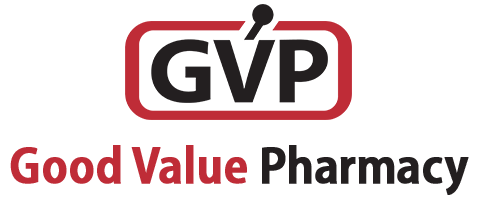Rising healthcare costs in the United States is a major concern for both legislators and taxpayers. As the baby boomer population ages and medical technology improves, we expect that the older adult demographic will grow and therefore consume more healthcare. Medicare and Medicaid account for 20-25 percent of federal expenditures each year and contribute in part to the increasing national debt.1 Reducing this debt will take efforts on all fronts, but one way that each and every American can contribute is by learning about and committing to preventative healthcare. In other words, people should invest in their own health and well-being to prevent the need for costly healthcare in the future. Examples of these investments are eating right, staying active, not smoking, going to the doctor for check-ups and taking medications as prescribed. You may notice that this costs you (and maybe insurance companies) money. Eating a healthy meal might cost more than McDonald’s or a frozen pizza. Gym memberships aren’t free. Physician office visits and drug copays aren’t always cheap. However these upstream costs are nothing compared to what costs could come downstream. Let’s look at a few examples.
High blood pressure accounts for 35 percent of heart attacks and strokes and about half of heart failure episodes in the United States.2 Treating high blood pressure with medication can cost as little as $48/year. A hospitalization for a heart attack and stroke costs about $10,000 and $23,000, respectively.3,4
The seasonal influenza virus causes about 200,000 hospitalizations each year in America.5 Each hospitalization costs about $5,000.6 The influenza vaccine costs about $30 and reduces the likelihood of getting sick with the virus by about 60 percent.
Smoking causes heart disease, lung disease and cancer. Treatments and hospitalizations for these diseases can cost hundreds of thousands of dollars. Quitting smoking with medication or counseling will cost $30 to $200 per month. (However this is offset by the savings of not buying cigarettes).
These are just 3 examples. There are countless more. The main point is this: The most costly medical bills that society will have to pay aren’t the ones that we receive today; they are the ones that we will receive tomorrow if we don’t invest today.
Sources:
1. http://www.cbpp.org/cms/?fa=view&id=1258
3. http://www.ncbi.nlm.nih.gov/pubmed/16368320
4. http://www.ncbi.nlm.nih.gov/pubmed/20964473
5. http://www.cdc.gov/flu/about/qa/hospital.htm
6. http://www.ncbi.nlm.nih.gov/pubmed/20576536
